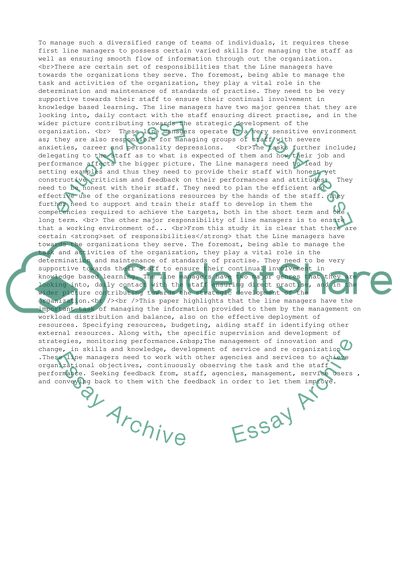Cite this document
(“Line Authority Essay Example | Topics and Well Written Essays - 3500 words”, n.d.)
Retrieved from https://studentshare.org/business/1533617-line-authority
Retrieved from https://studentshare.org/business/1533617-line-authority
(Line Authority Essay Example | Topics and Well Written Essays - 3500 Words)
https://studentshare.org/business/1533617-line-authority.
https://studentshare.org/business/1533617-line-authority.
“Line Authority Essay Example | Topics and Well Written Essays - 3500 Words”, n.d. https://studentshare.org/business/1533617-line-authority.


